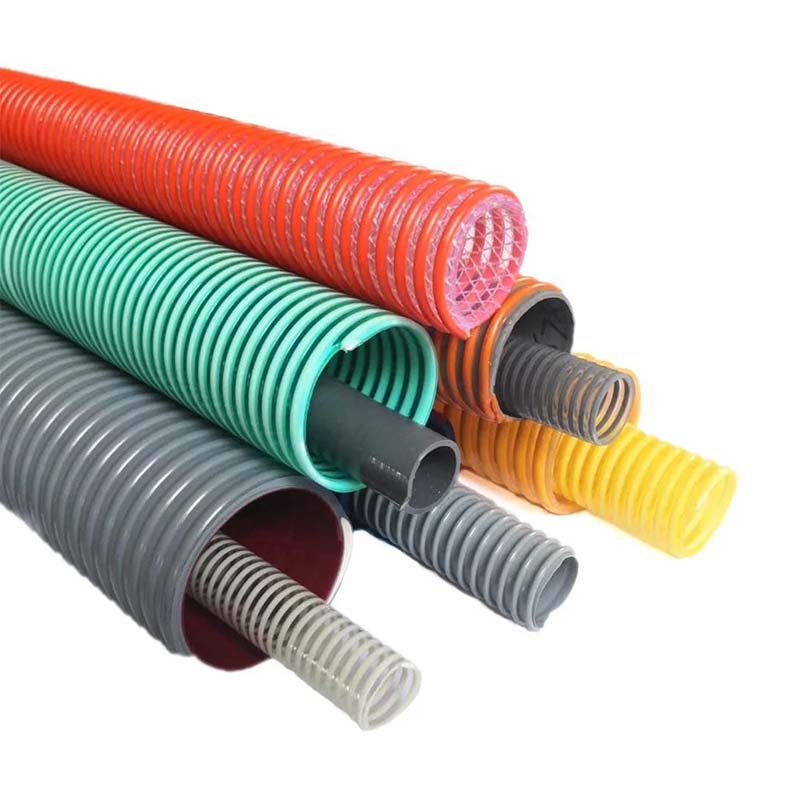Layflat Hose Solutions | Flexible and Durable Hose Options
The Versatility of Layflat Hose A Comprehensive Overview
Layflat hoses have become increasingly popular in various industries due to their unique design and functionality. These hoses, which are flat when not in use, are specifically engineered to facilitate the efficient transport of fluids, making them essential in agricultural, construction, and firefighting applications. In this article, we will explore the features, benefits, and applications of layflat hoses.
One of the most significant advantages of layflat hoses is their compact design. When emptied, these hoses can be easily rolled up, saving valuable storage space. This feature is particularly beneficial for farmers who need to irrigate large areas of land and may not have enough space to store bulky hoses. The lightweight construction also allows for easy handling and transportation, reducing the physical strain on workers.
Layflat hoses are made from durable materials such as PVC or polyurethane, which provide excellent resistance against various environmental conditions. These materials ensure that the hoses can withstand high pressure and temperatures without compromising their integrity. As such, they are ideal for pumping water, chemicals, and other fluids in different settings. Additionally, their flexibility allows them to maneuver around obstacles, making them suitable for uneven terrains.
layflat hose

In the agricultural sector, layflat hoses are commonly used for irrigation purposes. Farmers can set up extensive irrigation systems that deliver water efficiently to crops, thus enhancing productivity. The ability to transport large volumes of water quickly and effectively can make a significant difference in crop yields, particularly in regions prone to drought.
In construction, layflat hoses are invaluable for transferring water for various purposes, including dust suppression and site dewatering. They are also used in fire fighting operations, where the ability to quickly deploy a long length of hose can be crucial in emergency situations. Firefighters appreciate the ease of use and the rapid setup that layflat hoses provide during intense scenarios.
In conclusion, layflat hoses represent a versatile and practical solution for fluid transport across multiple industries. Their compact design, durability, and lightweight nature make them an indispensable tool in agriculture, construction, and firefighting. As industries continue to evolve, the demand for innovative solutions like layflat hoses will likely grow, highlighting their importance in modern-day operations. Whether for irrigation, emergency response, or construction applications, layflat hoses prove to be a reliable choice for efficient fluid management.
-
Top Quality Oxy Acetylene Hoses for Sale Fit for Welding DemandsNewsJul.28,2025
-
The Future of Pneumatic Air Tubes in IndustryNewsJul.28,2025
-
Superior and Reliable LPG Hose Pipe Solutions for Every NeedNewsJul.28,2025
-
Exceptionally Durable and Versatile Premium Braided PVC TubingNewsJul.28,2025
-
Best Adapters for Connecting Garden Hose to PVC Pipe ConnectionsNewsJul.28,2025
-
The Essential Role of LPG Hoses in Safe and Efficient Gas DistributionNewsJul.16,2025














